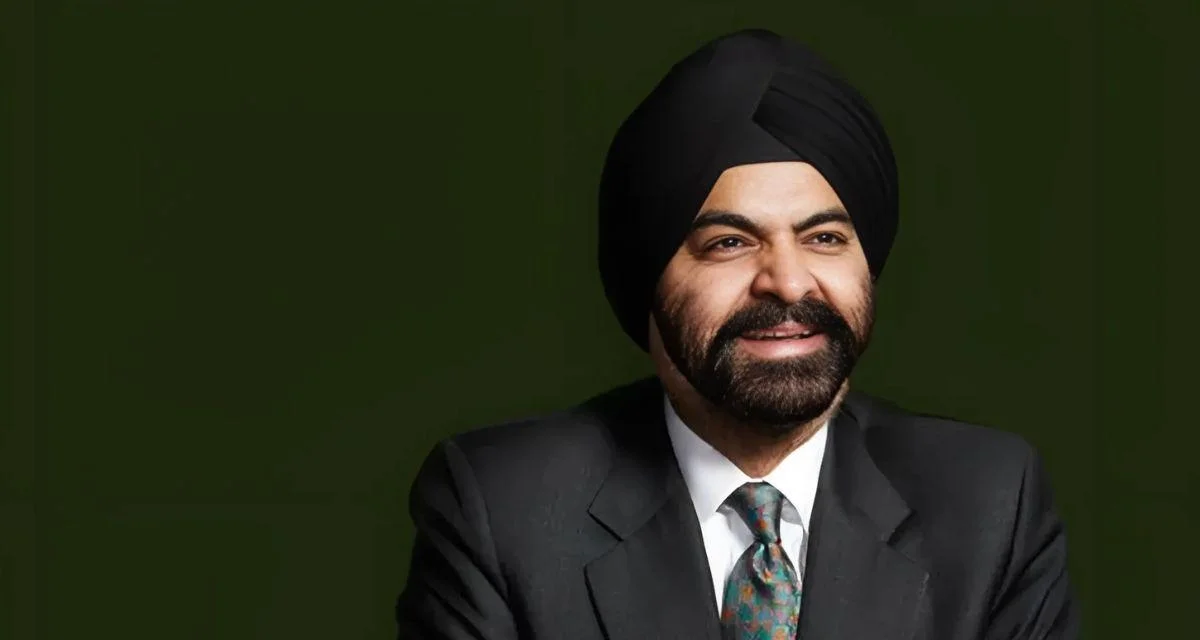People in emerging markets face a growing need for jobs, with projections indicating that 1.2 billion young people will reach working age in the next decade. However, only about 420 million new jobs are expected to be created, leaving hundreds of millions—especially those from poor and vulnerable communities—without clear employment opportunities.
The World Bank highlights economic inclusion as a key approach to address this gap. These programs aim to support individuals who cannot wait for broader economic reforms by helping them create micro-enterprises. Economic inclusion combines income support, business capital, entrepreneurship and life skills training, coaching, and access to markets. This layered approach is designed to foster income generation, self-employment, asset accumulation—particularly among women—and long-term self-reliance.
According to the World Bank, evidence supports the effectiveness of these programs. In Zambia and Niger, business profits increased by 45% and 107%, respectively. The benefits have proven durable; in Zambia, nearly 145,000 women received support through such initiatives and household incomes continued to rise more than three years after program completion due to an 80% increase in business profits. Similarly, data from India show that income gains persisted ten years after the program ended.
These outcomes align with findings from randomized evaluations conducted in Afghanistan, Bangladesh, the Democratic Republic of the Congo, Ghana, Nepal, and Niger. Studies indicate a benefit-cost ratio ranging from 121% to 379%. Long-term research from India suggests that every US$1 invested yielded US$3.8 in benefits over ten years.
Governments are scaling up these programs worldwide. More than 400 economic inclusion initiatives are currently being implemented across 88 countries and have reached over 70 million people directly or indirectly. Many of these efforts are led by governments as part of broader job creation and social protection strategies.
Recent developments include country-led actions supported by international partnerships. During the World Bank Group Spring Meetings this year, Brazil hosted the launch of the Academy Impact Program: Creating Jobs for the Poor—a peer learning initiative aimed at helping countries design and expand economic inclusion solutions.
"With support from global partners such as BRAC International and the Global Alliance Against Hunger and Poverty, the World Bank Group Academy and the Partnership for Economic Inclusion are working with a cohort of 11 countries to co-design economic inclusion programs grounded in evidence and responsive to local contexts," according to information released by The World Bank Group. "The World Bank Group’s Development Impact Group is also providing evidence-based learning and advancing the research agenda."
"Together, this coalition is translating global knowledge into localized action—fostering innovation, supporting reform, and helping governments deliver at scale," said representatives involved in these efforts.
World Bank investment underpins these initiatives with close to $30 billion allocated for social protection financing across 72 countries (https://www.worldbank.org/en/topic/socialprotection/overview), reaching over 222 million people with resources aimed at helping them withstand shocks and access better jobs.
Looking ahead toward its SP500 target—to provide social protection and employment support for an additional 500 million people by 2030—the World Bank views economic inclusion as central: "We know that economic inclusion programs are an important part of this investment to increase income and earnings for the poor and build a ladder to opportunity and self-sufficiency," states The World Bank.

